Photography from space is expensive, right? I mean, even if you could afford to build a satellite, how the heck would you launch the sucker into orbit?
It may actually be more attainable than you think. While we’re not talking satellites, or photography from space per se, you can get pretty close and capture some incredibly impressive images of our planet from the edge of space without breaking the bank.
And if Greek IT Engineer and amateur photographer Kostas Tamateas’ experience is any indication, it’s pretty darn fun to boot.
Kostas got in touch with us a couple of weeks ago because, simply put, he loves this kind of photography. It’s fascinating, challenging, and incredibly rewarding. Usually it takes a lot of money to get anywhere near the edge-of-space perspective he captures in his photography — and yet he’s doing it on a budget.
He calls his project SlaRos, and he described it to us as, “a multitasking hobby which allows me to explore earth’s sky without the need for enormous budgets and national agencies.”
It involves physics, extreme atmospheric conditions, electronics engineering, telecommunications engineering, software development, hardware, constructions, photography, high adventure, lots of risks, problem solving and money spending. I call it Near-Space Photography, it’s a new extremely complex type of photography.
The words ‘extremely complex’ may have already clued you in, but fascinating and fun do not equal ‘easy’ or ‘effortless.’ A LOT of work has gone into turning SlaRos from an idea into an award-winning reality:
I began [the project’s] development on a single principle: build everything from scratch and by hand. Despite my lack of knowledge in the electronics field, I managed to design my own systems after years of study, research and development.
The SlaRos project was under development for more than four years and it managed to reach worldwide recognition after two successful sub-orbital missions. Best award was recognition from NASA’s Earth Science division!
Here’s a behind the scenes peek at the gear, electronics, some time out in the field, and a feature that Kostas and his friends earned:

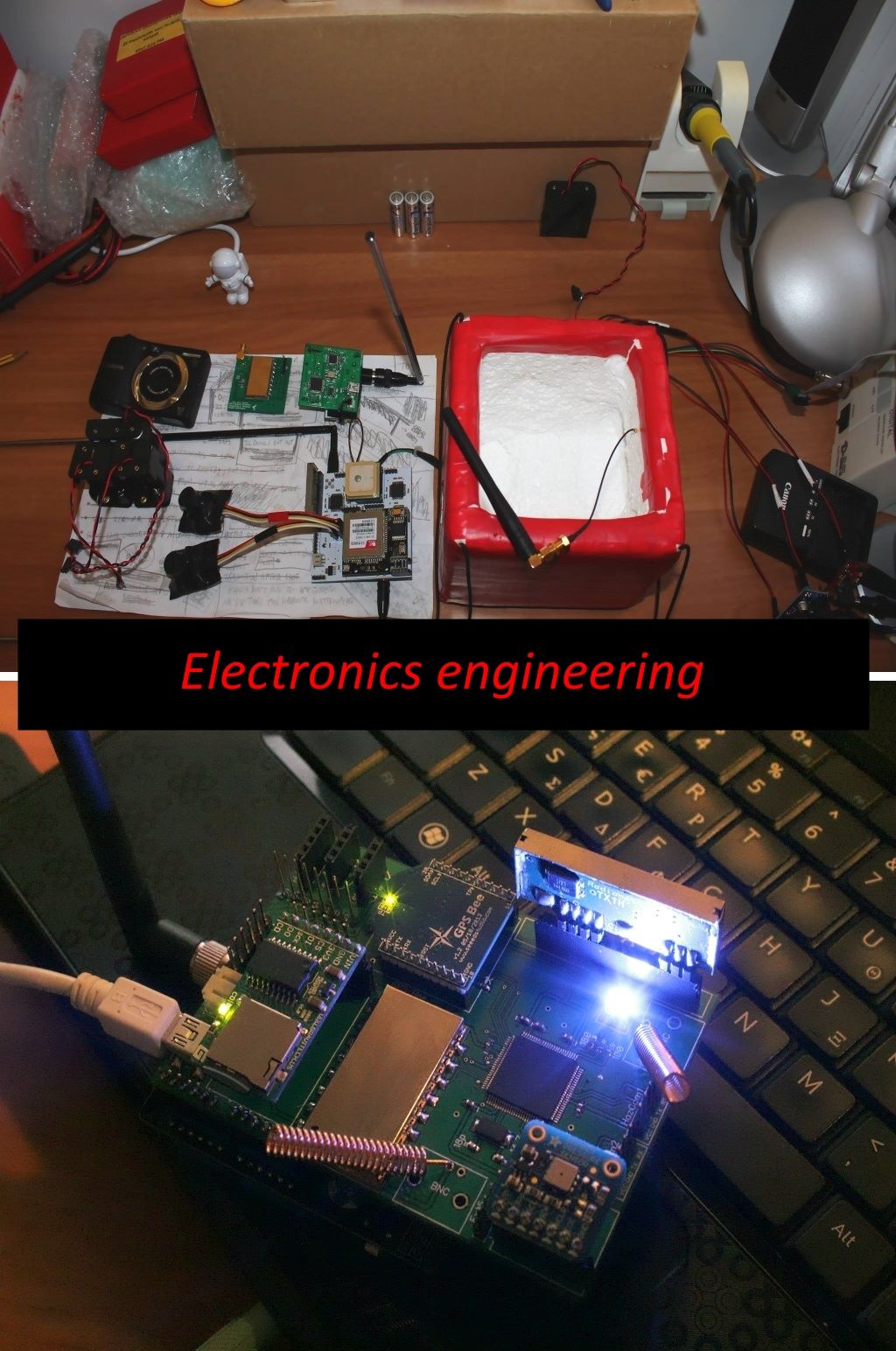
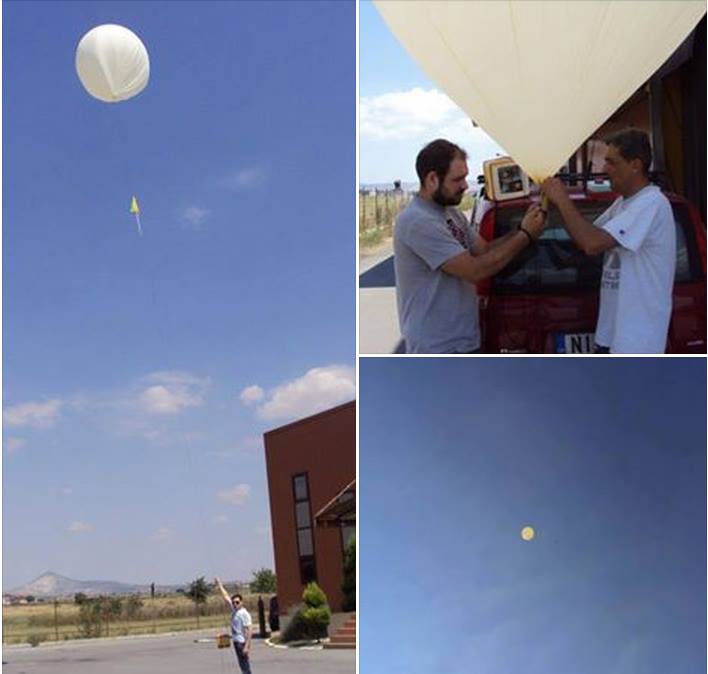
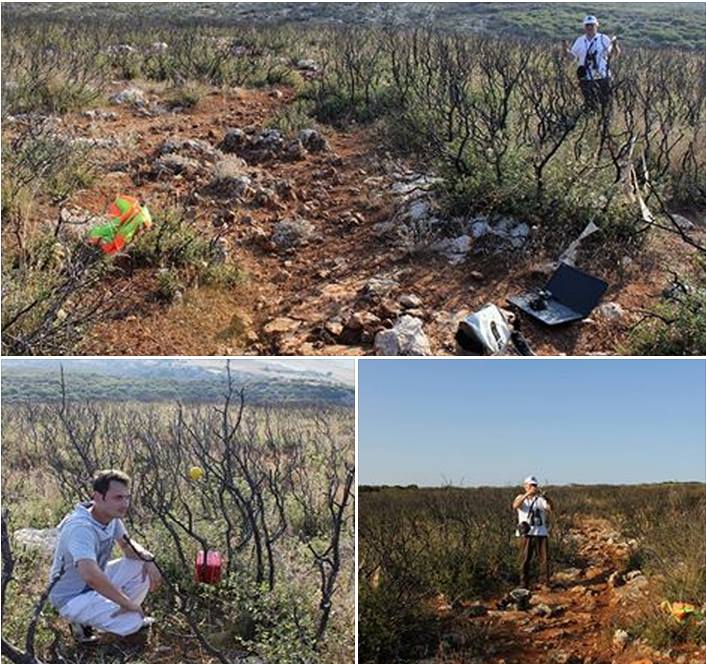
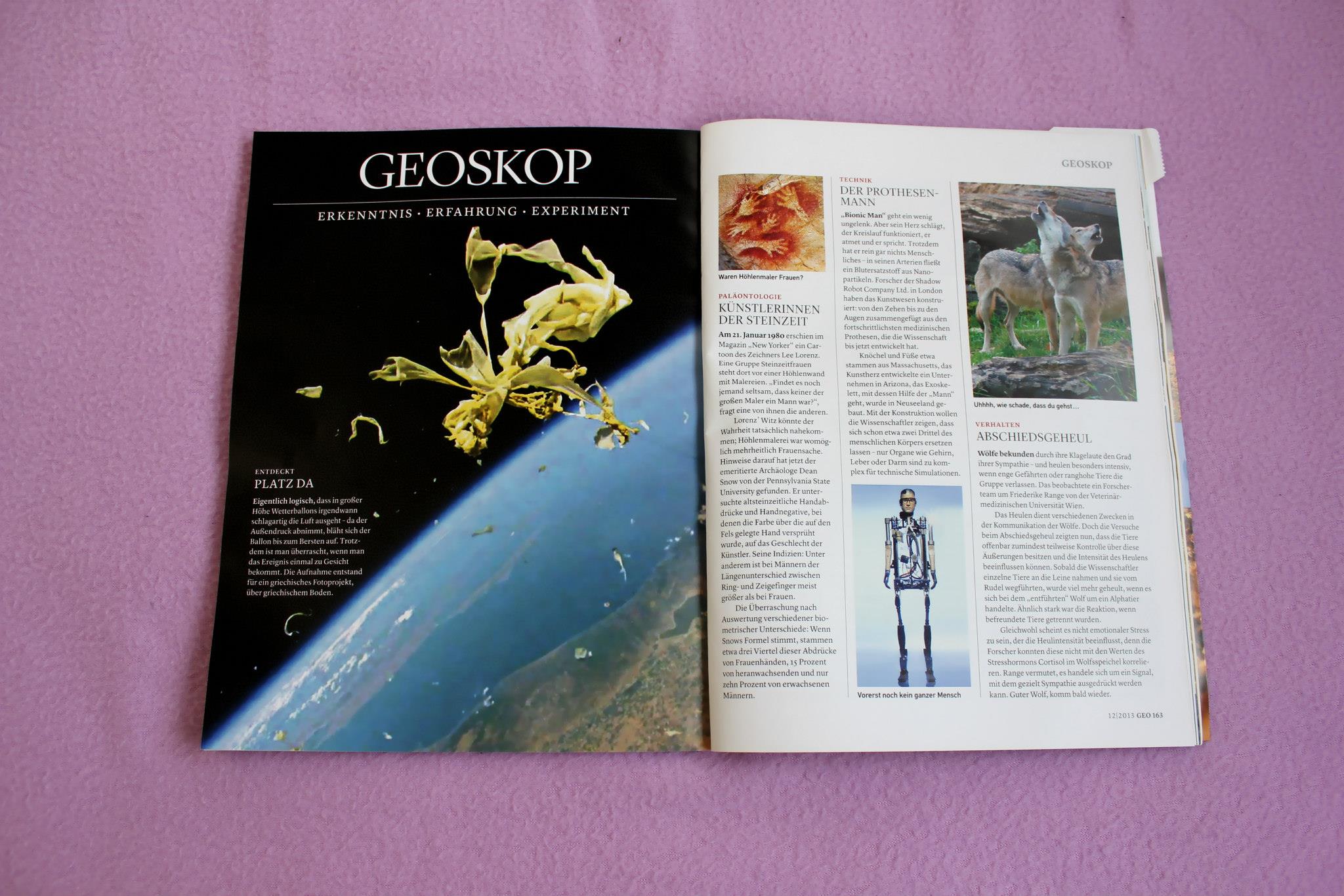
“The images are taken at the Stratosphere layer (5 times higher than a casual airplane) using my fully automated near-space photographic capsule,” he told us. “The camera was loaded with a hacked operating system which allowed me to write a scenario that would be executed by the camera’s CPU. I used a Canon PowerShot A490, settings: f/4.5, ISO 100, Exposure 1/1000”
What comes out the other end is spectacular, if you’re the type that allows yourself to be wowed. It’s a view of the Earth few of us will ever have the chance to experience first-hand… and it’s only a weather balloon ride away:
To see more images from the SlaRos project, or keep track as Kostas uploads more, be sure to give his account a follow on 500px. And don’t forget to leave some feedback in the comments down below! Kostas is excited to see what the community thinks of his near-space photography.

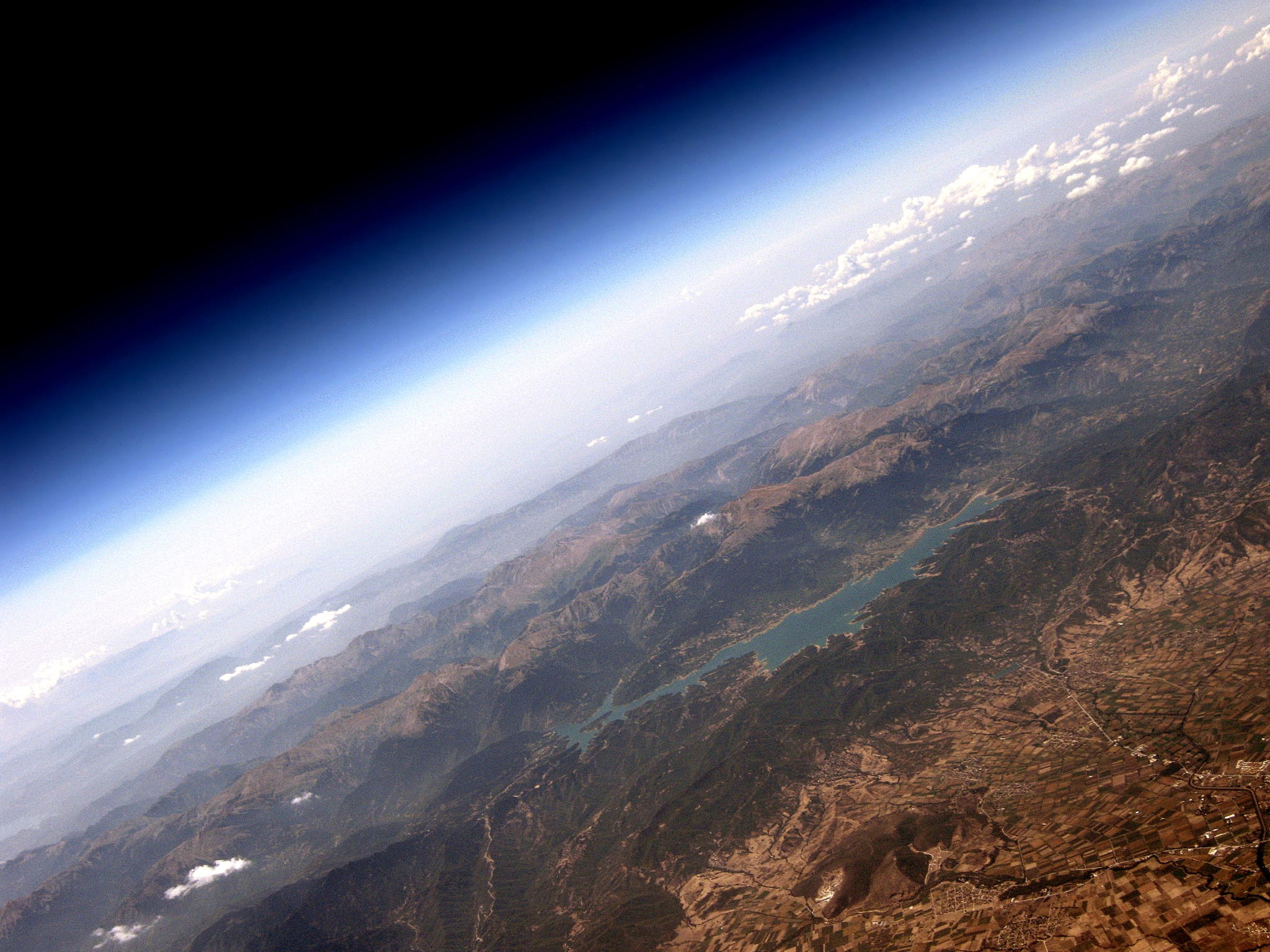










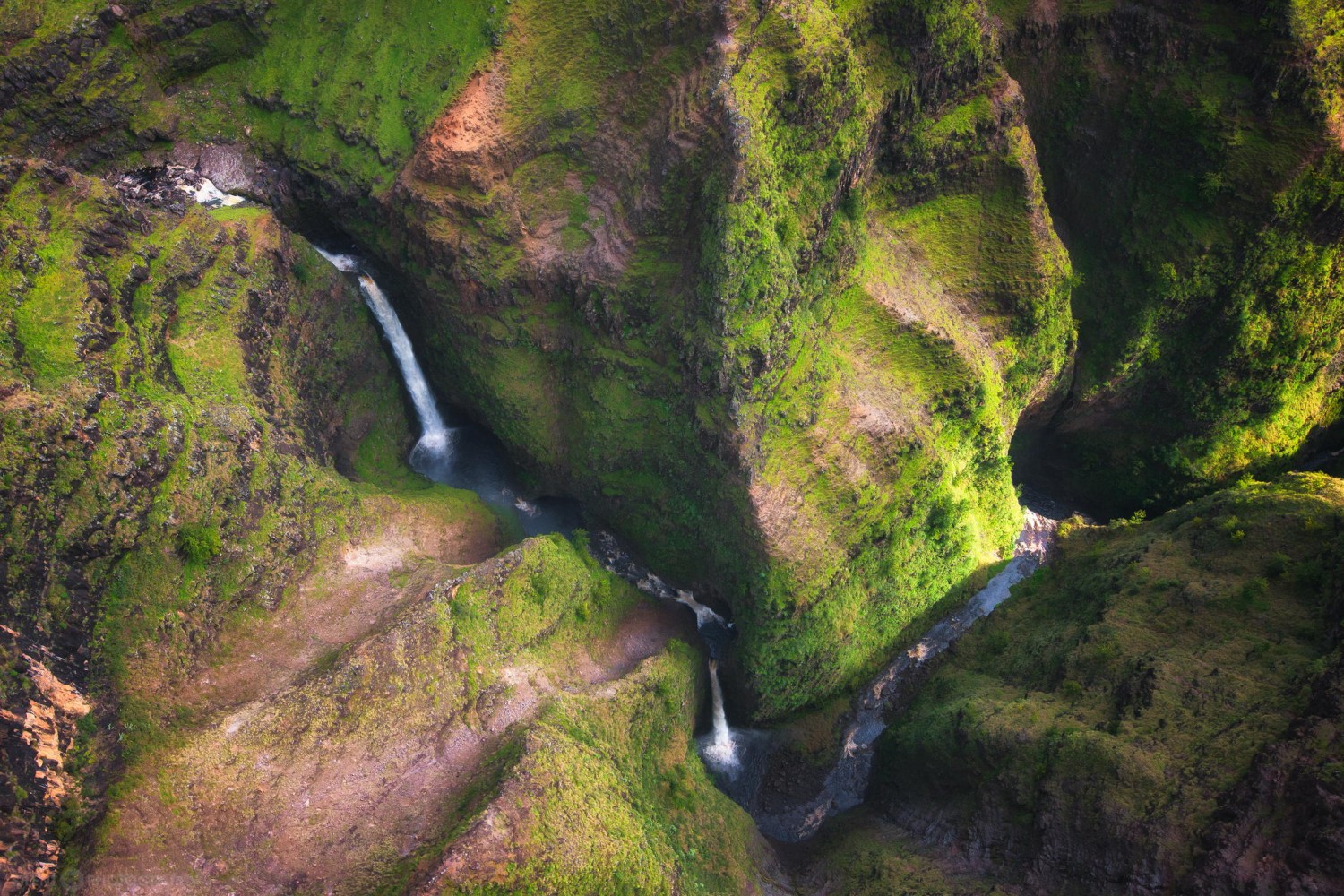
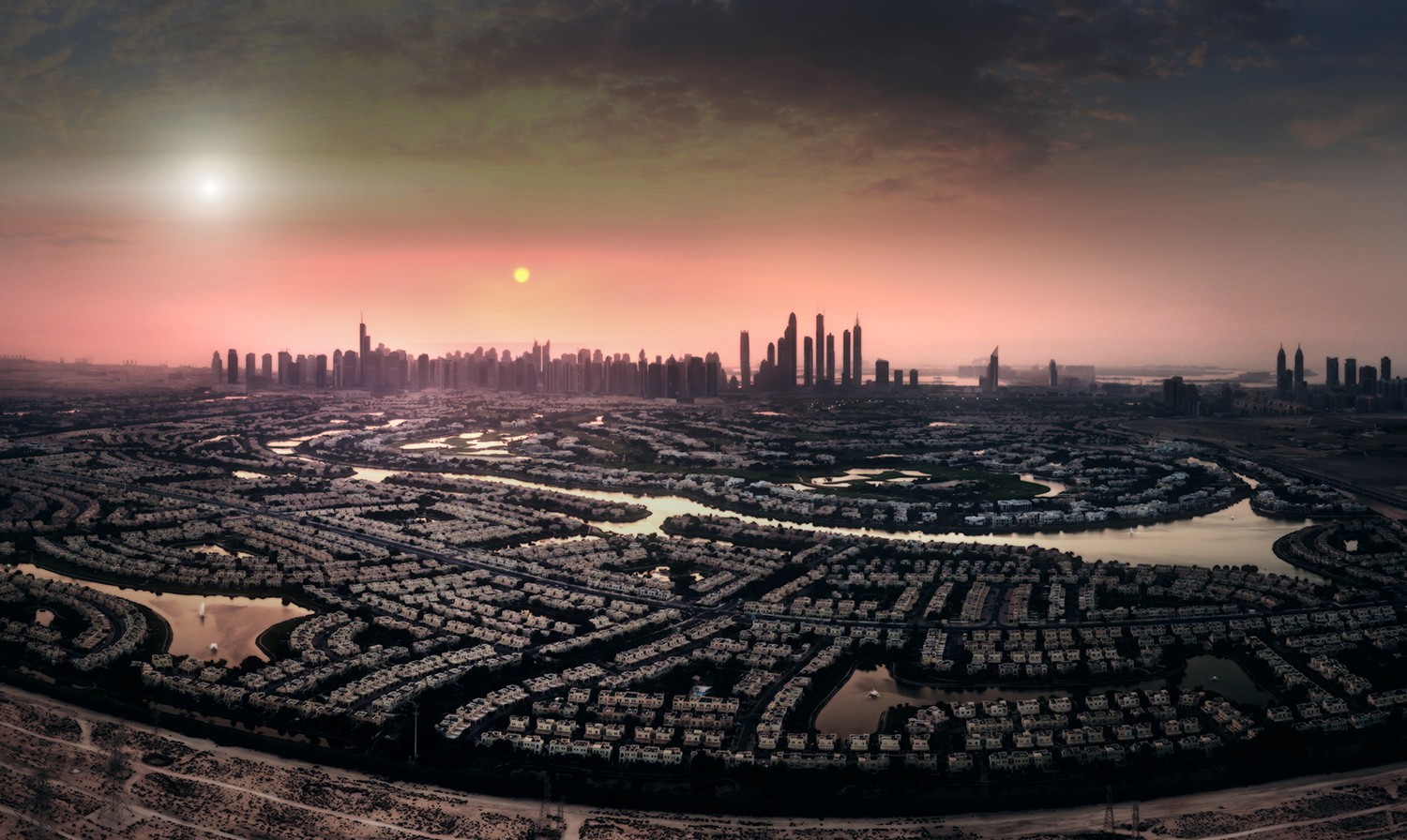
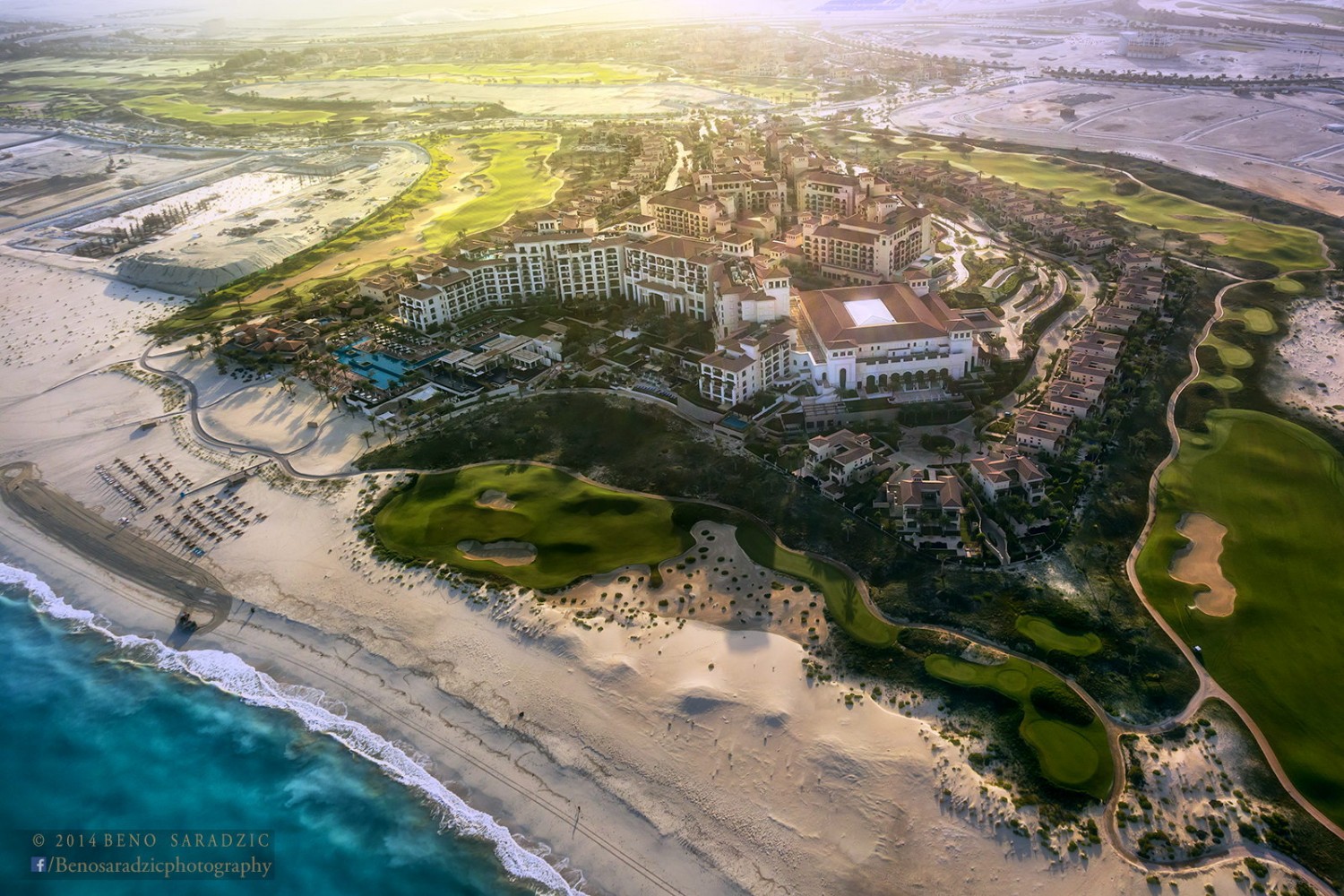
Leave a reply